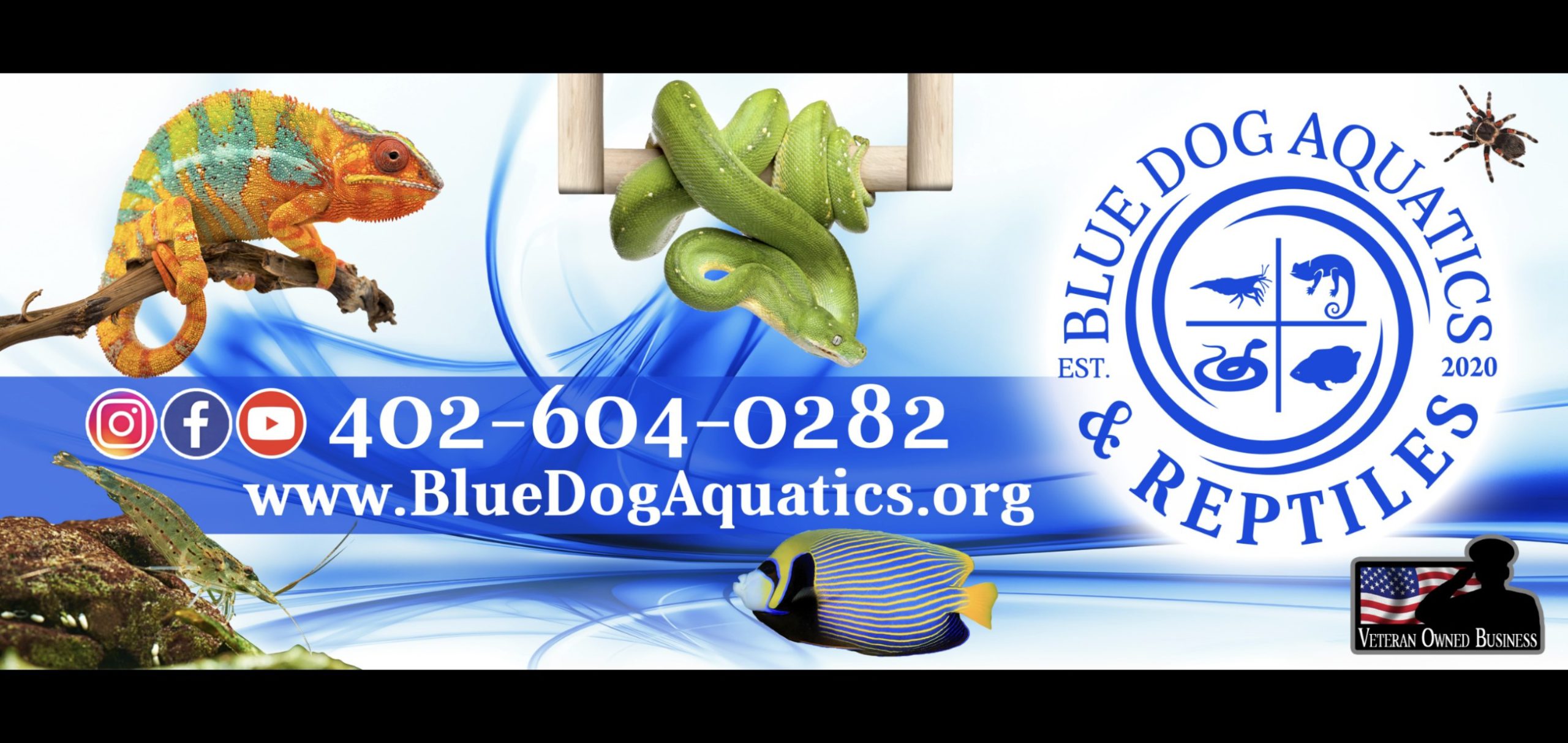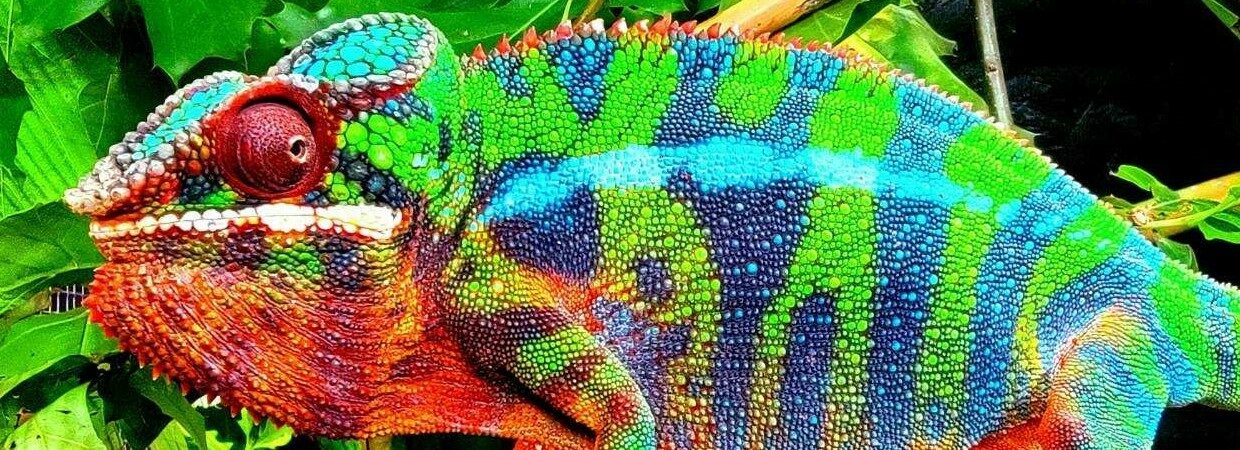
Common Name: Turtle- Turtle
Tortoise- Tortoise
Scientific Name: Turtle- Testudines
Tortoise- Testudinidae
Size: Turtle- They can range in size from 2.75 to 8.5 inches.
Tortoise- The massive Galapagos tortoise can be over 4 feet long and weigh 660 pounds. Meanwhile, the tiny Egyptian tortoise can be 3 inches long and weigh 5 ounces.

Diet: Turtle-Their diet includes fish, shrimp, crabs, insects, snails, eggs, amphibians, and the occasional small bird or mammal. Meanwhile, many land turtles eat mostly herbivorous diets. Their diet includes mostly grasses, leaves, weeds, flowers, vegetables, and fruits, with some insects and other animal matter.
Tortoise-Produce: Depending on the species of your tortoise, about 80% of your pet tortoise’s daily diet should be fresh vegetables like kale, dandelions, mustard and collard greens. For fun, toss in a little green or yellow bell pepper, sweet potato, squash or cauliflower. These should all be offered fresh daily. Fruit: Berries, melon, kiwi, oranges and other fruits should make up 5-10% of a tortoise’s diet. Offer your tortoise fruit every third or fourth feeding.
Lighting: Without UVB lighting your tortoise or turtle can and will develop metabolic bone disease, be unable to synthesize Vitamin D (which causes calcium metabolism problems), be lethargic, and have a lack of appetite. 1 UVB lighting is very important for these reasons.
Temperature: Turtle- Water Temperature should be kept between 72 and 77 F (22-25 C) Day and Night.

Tortoise- Nighttime temperature should be between 65 and 75 degrees Fahrenheit on both sides. Daytime temperature should be between 75-85 F on the cool side. Daytime temperature should be between 95-105 F on the warm side.
Humidity: Turtle- 80% just above the surface of the substrate (head level) and close to saturation (about 98% below.
Tortoise: Air humidity of 50-60% should be good for your tortoise, so long as you set both a humid and a dry area for them. Many tortoises enjoy high humidity going from 70-100%, but you can keep the enclosure at as low as 50%. Just make sure that there are some damp spots there where they can rehydrate.
Enclosure: Turtle- A 30 Gallon tank is minimum for a 4-6 inch turtle but should be kept in a 55-100 as adults.
Tortoise-at least 10 times as long, 5 times as wide and 3 times as high as the tortoise you are building for (40-50 gallon). A homemade wooden enclosure is usually the preferred method for indoor housing. You will see these called turtle tables or tortoise tables. Essentially, these are a large wooden box with lots of floor space and short sides.
Level of Care: Turtle- Turtles are one of the oldest kinds of reptiles on the planet. Their hard shell and slow-moving mannerisms make them unique pets. They’re hardy creatures and can be fun to care for. They may seem like low-maintenance pets, but most turtle species can live for decades, which makes them a lifelong commitment. Turtles may not be cuddly, but they are awfully cute and generally easy to care for if you’re well researched and prepared. Although turtle-care isn’t too difficult, it’s essential that their environment be well maintained, said Dr. Stewart Colby, DVM and founder of Windward Animal Hospital in Johns Creek, Georgia.

Tortoise- Tortoises make great pets despite their shy, docile, and quiet state. These low-maintenance animals are easy to make room for, and they are harmless. The Russian tortoise, Greek tortoise, Egyptian tortoise, Indian star tortoise, Hermann’s tortoise, and pancake tortoise are small-sized pets. Tortoises don’t require a ton of day-to-day care outside of fresh water and food. You’ll likely spend more time balancing your tortoise’s diet to suit their nutritional needs and food preferences than you will providing direct care to your tortoise. Please do Your Research as Some Tortoises Can Live over 100 Years.
Cost of Care: Turtle- Plan to spend between $100-$500 on the turtle depending which one you get; on average you will spend $20-$100 a month on food and maintained enclosure.
Tortoise- Your initial tortoise purchase will easily cost you $100-200 for the tortoise and supplies like a tank and food. However, that’s if you’re buying a tortoise on the low end of the cost spectrum. Some tortoises can easily cost you $1500 just for the tortoise.
Does a Bite Hurt: Turtle-The turtle’s bite is painful, but it’s not dangerous or poisonous. The bite does not cause any real damage, although it can hurt kids with tiny fingers. However, it’s better to leave the turtle alone if it appears fearful and threatened by you.

Tortoise- Do their bites hurt? Yes, however, the severity of the bite depends a lot on the size and species of the tortoise. Consult Your Doctor if you are bit.
Misting: Turtle- A dome of some sort is superb for baby turtles, for cuttings, and for turtles who refuse to grow. When my littles are still in their Grow Pod, I mist daily, but it depends on your conditions. For my turtles out of a dome, I water, not mist. Water when the surface is completely dry, down to about 5cm.
Tortoise- As well as bathing the tortoise regularly you can provide your tortoise with a suitable microclimate to prevent fluid loss from the body. You can do this by making the substrate deep enough so that the tortoise can dig down, and you can mist it daily using a water sprayer.
Soaking: Turtle- It is a good practice to soak your turtle twice a week and use a toothbrush to scrub down the shell to help with shedding or just to clean them up.
Tortoise- Tortoises need to stay hydrated; it helps keep their skin and shell in good condition and just as with all creatures, it keeps their internal organs working properly. In the wild, a tortoise will occasionally give itself a soak to help with this, in captivity, they need your help.
Filtration: Turtle- Canister filters are considered by most keepers to be the best kind of filters for a turtle tank. They usually mount under the tank in the cabinet or stand, so they don’t take up space inside the tank. Canister filters provide excellent filtration, but they’re also expensive for the larger-capacity ones.
How to Tell if they are Happy: Turtle- They love to chase it across the tank. If you put a fish in your turtle tank, or any other live food, you’ll see how your turtle tries to hunt it down. That’s a sign of a healthy and happy turtle. If your turtle act passively, it might have some health-related issues.

Tortoise- Tortoises are happiest when they’re healthy. The signs of a happy tortoise include a strong shell, clear and shiny eyes, dry and wrinkly skin, responsiveness to petting, and a good appetite. They should be active, walking around their enclosure, moving objects about, digging burrows, and climbing.
Breeding: Turtle- Keep your turtles at a temperature between 50 and 60 degrees Fahrenheit for 6-12 weeks before you breed them and feed them well during this time. Next, place the male and female together in a spacious area and let nature take its course. Then, create a soft nesting area for the female to lay her eggs.
Tortoise- Typically, the male bobs his head at the female and nips at her front legs and the front edges of her shell. This usually makes her stop and pull in her head and limbs. The male then moves around to her rear and mounts. This differs from fighting, where-in tortoises try to flip one another over.
Veterinary Checkup: Turtle- “Within 48 hours of your purchase or adoption of a new turtle, your new pet should be examined by a veterinarian familiar with reptiles.” Like all pets, aquatic turtles should be examined at least annually and should have their feces tested for parasites at every examination.
Tortoise- Even though tortoises and turtles don’t need vaccinations like cats or dogs do, they still should see their vet at least once per year. While tortoises are hardy little tanks, they do need that yearly checkup to make sure they are staying strong and healthy.
Please Do Your Research on the Species of Turtle/Tortoise you are Interested in Before Purchase

